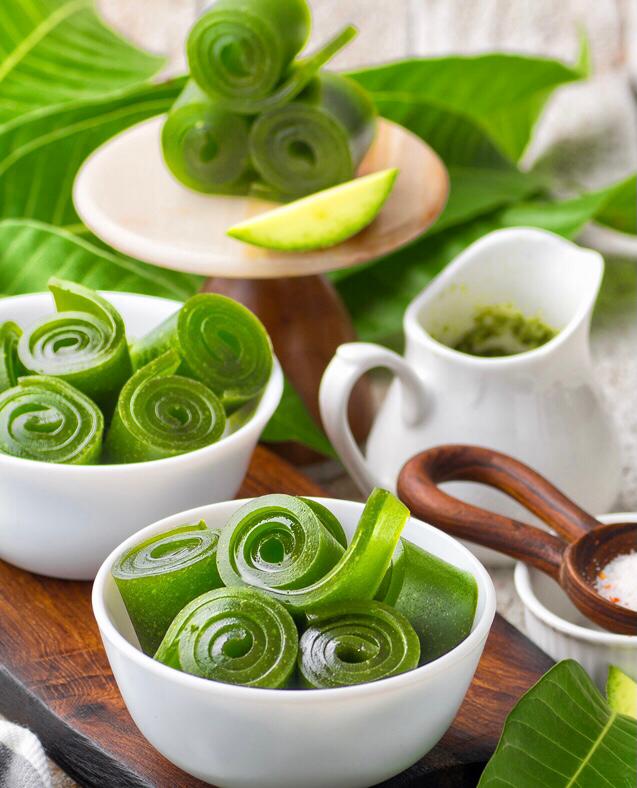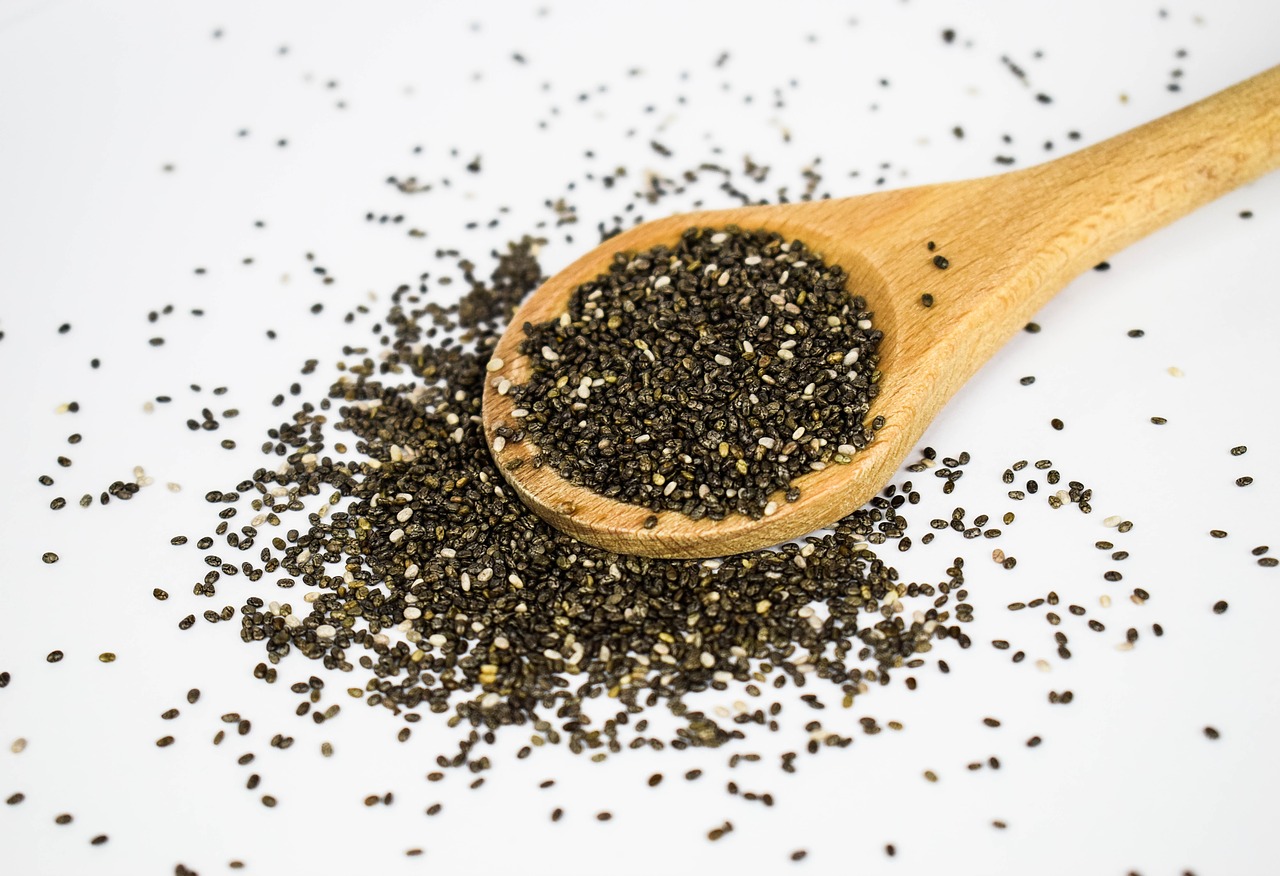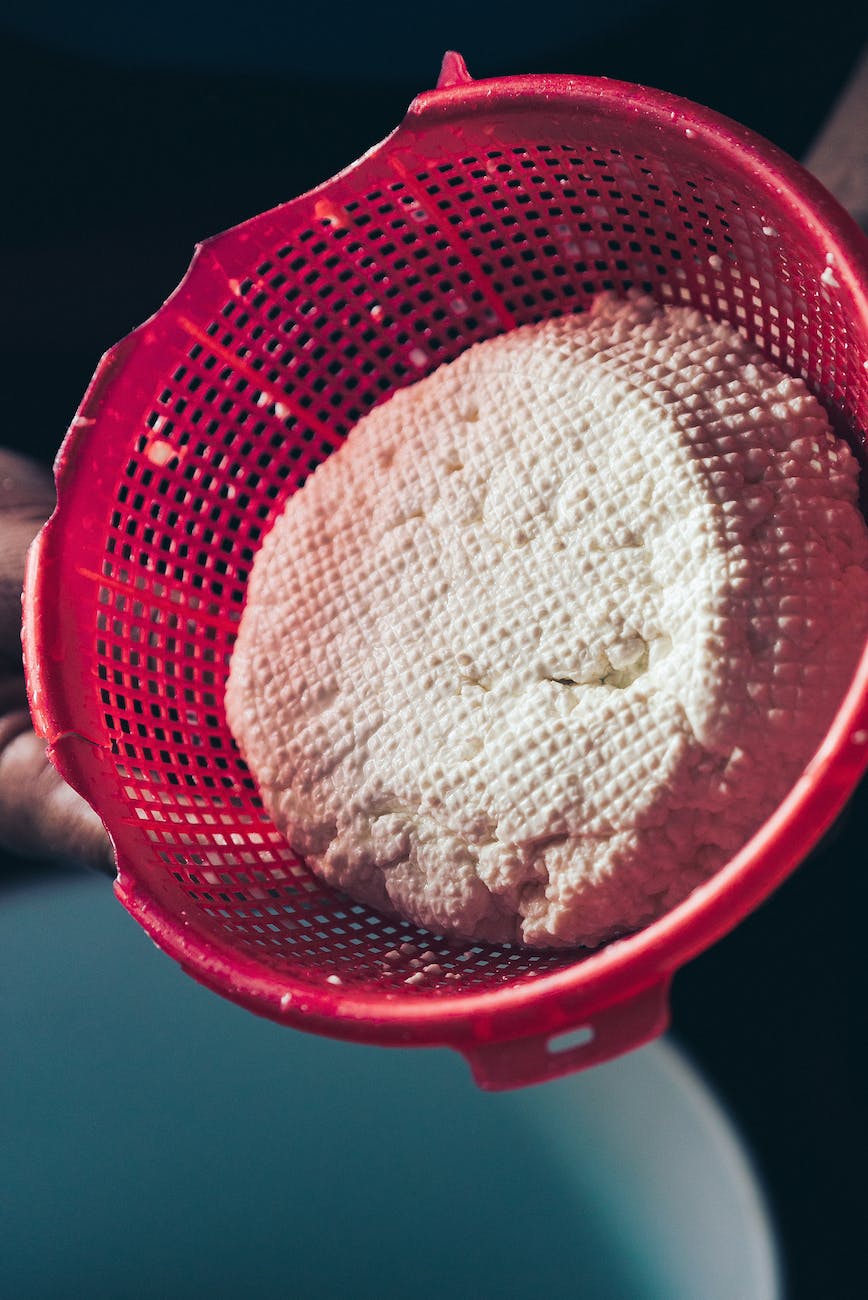
Dried mangoes are a delightful and nutritious snack that offers the convenience of enjoying mangoes anytime, anywhere. These chewy, sweet treats provide a burst of tropical flavor and are packed with essential nutrients that contribute to overall health and well-being. In this blog post, we’ll delve deeper into the health benefits of dried mangoes, explore their nutritional value, and highlight why they can be a smart choice for incorporating into a balanced diet. Get ready to discover why dried mangoes are more than just a delicious snack! 🥭🌞🌾
🌱 Nutritional Powerhouse: Dried mangoes retain many of the nutrients found in fresh mangoes, making them a nutrient-dense snack. They are rich in essential vitamins and minerals that are vital for various bodily functions. Dried mangoes are particularly high in vitamin C, an antioxidant that supports the immune system, promotes collagen production for healthy skin, and aids in iron absorption. They also provide significant amounts of vitamin A, which is beneficial for eye health and immune function. Additionally, dried mangoes contain potassium, magnesium, and various B vitamins, which contribute to overall health and well-being.
💪 Energy Boost and Satiety: Dried mangoes serve as a natural energy booster due to their high sugar content, primarily in the form of natural sugars like fructose and glucose. These sugars provide quick energy, making dried mangoes an excellent choice for a pre-workout snack or a midday pick-me-up. Additionally, the fiber content in dried mangoes contributes to feelings of fullness and satiety, helping to curb cravings and promote healthy eating habits. The combination of natural sugars and dietary fiber in dried mangoes can provide a sustained energy release, keeping you energized throughout the day.
🌿 Dietary Fiber and Digestive Health: Dried mangoes are an excellent source of dietary fiber, which plays a crucial role in maintaining a healthy digestive system. Fiber adds bulk to the stool, promoting regular bowel movements and preventing constipation. It also supports the growth of beneficial gut bacteria, aiding in overall gut health. Including dried mangoes in your diet can contribute to a balanced fiber intake, ensuring optimal digestive function and promoting a healthy gut environment.
🍊 Antioxidant Protection: Mangoes, whether fresh or dried, contain a range of antioxidants that help protect the body against oxidative stress and cellular damage. These antioxidants, including phenolic compounds and carotenoids like beta-carotene, work to neutralize harmful free radicals and reduce the risk of chronic diseases. Consuming dried mangoes can provide a boost of these protective antioxidants, supporting overall health and well-being.
🥭 Choosing the Right Dried Mangoes: When selecting dried mangoes, opt for varieties that are natural and free from added sugars, preservatives, or artificial additives. Read the ingredient list carefully to ensure that no additional sweeteners or chemicals have been used. Organic and naturally dried mangoes are the best options, as they retain the authentic flavors and health benefits of the fruit.
🌞 Enjoying Dried Mangoes: Dried mangoes are not only delicious on their own but also incredibly versatile. Here are some creative ways to enjoy dried mangoes:
- Add them to trail mixes or homemade granola for a burst of natural sweetness and tropical flavor.
- Chop them into small pieces and sprinkle them over yogurt or oatmeal for added texture and flavor.
- Include them in baked goods such as muffins or cookies to infuse a tropical twist into your favorite recipes.
- Blend them into smoothies or use them as a topping for ice cream or desserts.
💡 Tips for Storage and Freshness: To maintain the freshness and quality of your dried mangoes, store them in a cool, dry place in an airtight container. Avoid exposing them to moisture or heat, as these factors can affect their texture and taste. Proper storage will help preserve their natural sweetness and ensure they remain enjoyable for longer periods.
🌾🥭💚 While dried mangoes offer numerous health benefits and can be a wholesome snack option, it’s important to consume them in moderation. They are calorie-dense due to their concentrated sugar content, so be mindful of portion sizes. Remember to incorporate dried mangoes as part of a well-rounded diet that includes a variety of fruits, vegetables, whole grains, lean proteins, and healthy fats.











